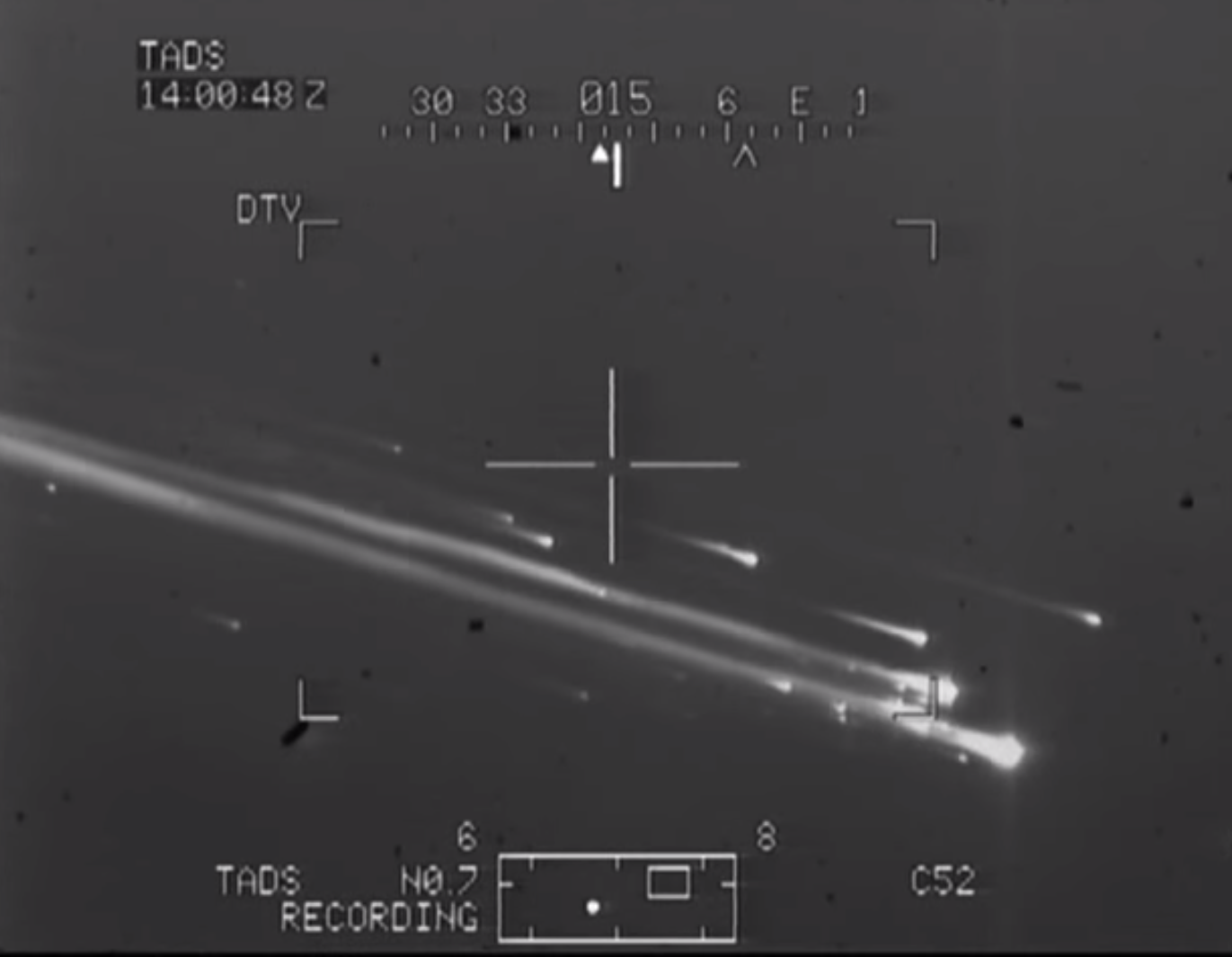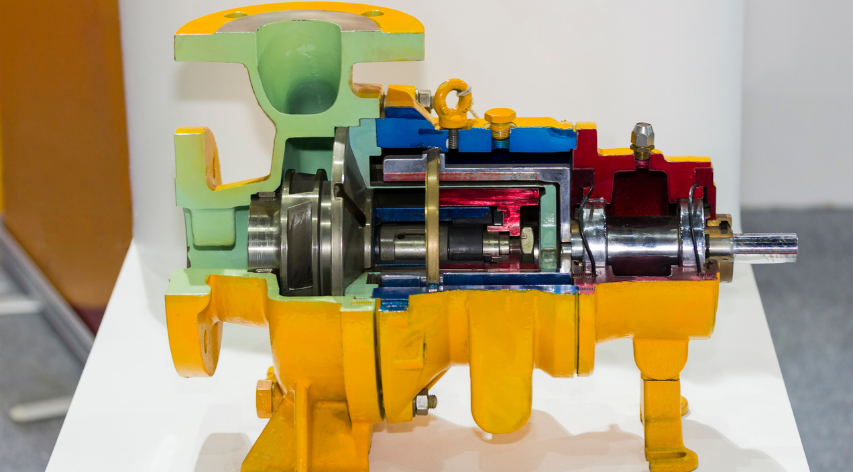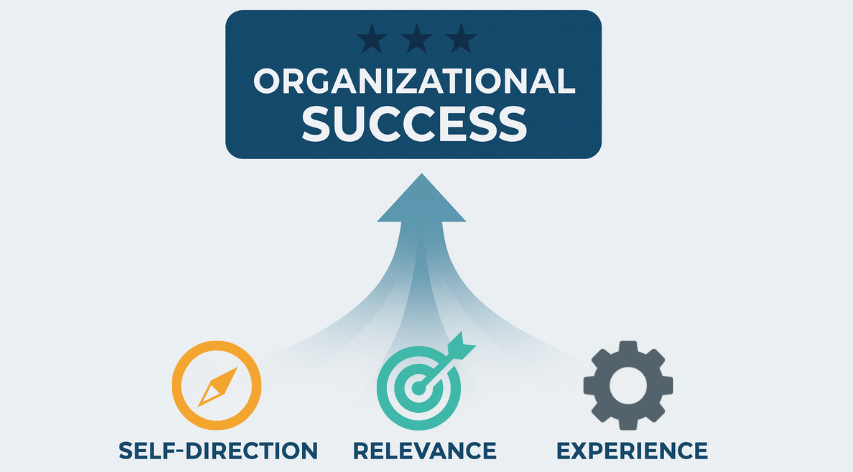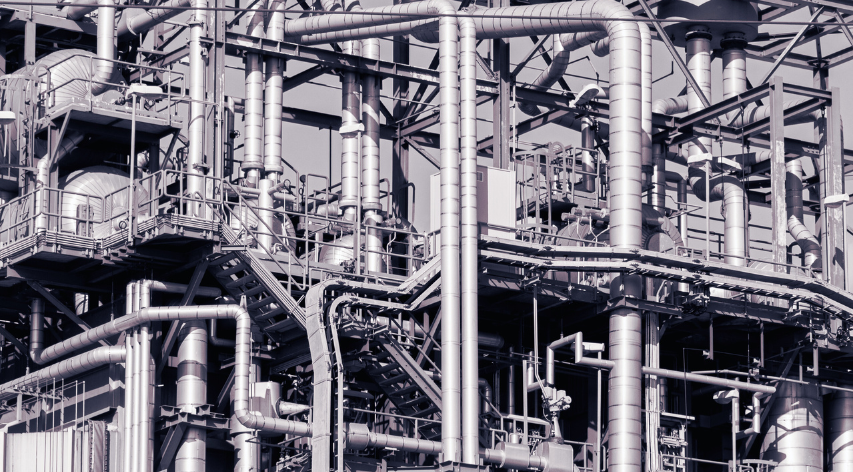Normalization of Deviance: The Pathway to Disaster

Normalization of Deviance occurs when unacceptable behaviors gradually become the accepted norm over time. This concept was pioneered by Diane Vaughan, a professor at Columbia University, following a study of the Space Shuttle Challenger disaster. I recently presented a paper at the American Fuel and Petrochemical Manufacturers (AFPM) Summit focused on how Normalization of Deviance impacts the refining and petrochemical industries.
In Normalization of Deviance, there can be a significant time lag between the start of deviant behavior and the inevitable consequences. This occurs due to a cycle of normalization where a standard or requirement is gradually breeched, and over time the original standard is completely altered into an unacceptable practice. The new norm can violate company and ethical standards as well as legal requirements and fundamental safety standards. For example, someone might choose not to wear a helmet while riding a motorcycle a short distance. The next time they ride several miles without a helmet, and soon they don’t wear a helmet at all. They have normalized the behavior that not wearing a helmet is acceptable. Eventually this may result in serious injury or death. In our industry, examples include operating outside design limits, failure to use PPE, or failure to address critical defects.
There are many reasons why Normalization of Deviance can creep into your practices or behaviors inside and outside of work, such as:
- The new norm is easier.
- The supervision and culture tolerate the new behavior.
- People perceive the standard wastes time and is overkill.
- The risk of violating the standard is not recognized.
- Schedule trumps safety.
- Reluctance to hold people to the standard.
- People have to prove the violation is unsafe.
- Ignoring the standard reduces cost.
The potential for Normalization of Deviance is enormous and extends across both our personal and professional lives. This includes the hydrocarbon industry, where the stakes for safety and operating discipline are especially high.
When Deviance Leads to Disaster
On February 1, 2003, the Space Shuttle Columbia disintegrated while re-entering Earth’s atmosphere at 10,000 miles per hour, killing all seven astronauts. A $4 billion spacecraft was destroyed, spreading debris over 2,000 square miles and grounding NASA’s shuttle program for over two years. The root cause: Normalization of Deviance. Insulating foam strikes from the external fuel tank were tolerated despite NASA’s clear specifications that no debris should emanate from the external tank on the launch or during ascent. However, in 79 missions where photographic evidence was available, 65 showed insulation debris from the external fuel tank coming loose and striking the Space Shuttle. Therefore, the NASA standard of no material emanating from the fuel tank was normalized to the point where it became acceptable to have foam strikes.
After 112 missions, foam shedding and damage to thermal protection tiles had evolved to acceptable as routine and simply a maintenance issue. However, a critical foam strike during Columbia’s mission fatally damaged its heat shield. The heat shield had to reduce reentry temperatures of 3000°F to about 350°F to protect the aluminum skin of the spacecraft wing. Since the heat shield was damaged by the foam strike, hot gas entered the left wing at 10,000 mph and destroyed the spacecraft. Because NASA had normalized their standard from zero loss of insulation on the external tank to considering any shedding acceptable, the shuttle and its personnel were jeopardized.

The remains of the Space Shuttle Columbia and its crew
The Challenger Explosion
On January 28, 1986, the Space Shuttle Challenger exploded shortly after takeoff, killing all seven astronauts on board and demolishing the spacecraft. Again, the cause was Normalization of Deviance. Persistent O-ring damage on the solid fuel rocket boosters went unaddressed because a secondary O-ring was in place, and O-ring damage was accepted as normal. An attitude of “nothing bad has happened yet” existed at high levels of the organization. Despite concerns from technical personnel, schedule pressures and a lack of perceived vulnerability prevailed. Low temperatures on the launch day sealed Challenger’s fate. Temperatures were well below the certified O-ring launch temperature of approximately 53°F and there was ice on the launchpad, but despite pushback from the booster rocket designer and NASA engineers, schedule trumped safety. The disastrous results delayed the program several years as the issue was addressed.
Investigations into both shuttle accidents revealed deep-seated cultural issues at NASA that drove this behavior:
- The success of past programs fostered a can-do attitude that minimized consideration of failure.
- Near-misses were regarded as signs of robust system performance rather than warnings of imminent disaster.
- A weak sense of vulnerability led to complacency, with future successes taken for granted.
- Extreme pressure to maintain launch schedules permeated the culture.
- Technical personnel had to prove lack of safety and were challenged with statements like, “Are you saying that if I launch there will be an accident?”
- In conflicts between safety and production, production goals consistently took priority.
The Hydrocarbon Industry Isn’t Immune
Normalization of Deviance has also led to serious accidents in the hydrocarbon industry. One example is the Flixborough disaster, which occurred in 1974. A plant in the United Kingdom handled a range of chemicals including cyclohexane, a highly flammable liquid. There were six reactors in the process and during insulation removal, Reactor 5 was noted to contain a 6-foot-long crack. Reactor 5 was removed and a jumper put in place. The jumper was a 20-inch pipe with expansion joints and welded mitered joints. While this non-engineered “plumbing job” lasted two months, it finally failed and released an estimated 15 to 40 tons of cyclohexane, forming a vapor cloud that exploded. This resulted in 28 deaths and 36 injuries inside the plant. Outside, there were approximately 50 additional injuries as well as 1800 homes and 170 businesses damaged.
There was no mechanical engineer on site to evaluate the design, and no calculations were done to evaluate stress or thrust conditions.

The Flixborough chemical plant explosion
On the job, we are expected to conform to industry standards, safety rules, operating procedures, and many other requirements. However, lax supervision, poor training, and cost-cutting measures all can open the door to Normalization of Deviance. We often hear excuses like, “My boss didn’t care,” “I was never trained to do that,” or “We don’t have the money to do it the right way,” all of which contribute to deviations from Recognized and Generally Accepted Good Engineering Practices (RAGAGEP) and allow Normalization of Deviance to creep into an organization.
Normalization of Deviance can also impact our personal lives, which means we must take our standards at work back to our home environment. For example, we observe our plant lawn care personnel in protective clothing – hard-toe boots, long pants, long-sleeved shirts, gloves, hard hats, and eye and hearing protection – and they come prepared with procedures and expectations. Yet many people will mow their own lawn or run a chainsaw wearing flip-flops and no eye or hearing protection. This is Normalization of Deviance.
The Importance of Vigilance
It’s critical that we learn from past disasters and fight Normalization of Deviance, personally and professionally. At Becht, we can help evaluate your plant to ensure that the right culture, procedures, and practices are in place to prevent deviant behaviors from becoming the norm, and can serve as legal expert witnesses. With over 1,000 professionals experienced in the refining and petrochemical industries, we stand ready to support your safety and operational goals. Contact our experts today to start a conversation.
We wish to acknowledge the Center for Chemical Process Safety for input to this blog through the presentation “Lessons from the Columbia Disaster” at the Lyondell 2006 Worldwide Reliability Forum.
This blog article, the second in our series on Normalization of Deviance, was updated with additional information and images in August 2025. Read the first blog.
Like what you just read? Join our email list for more expert insights and industry updates.






